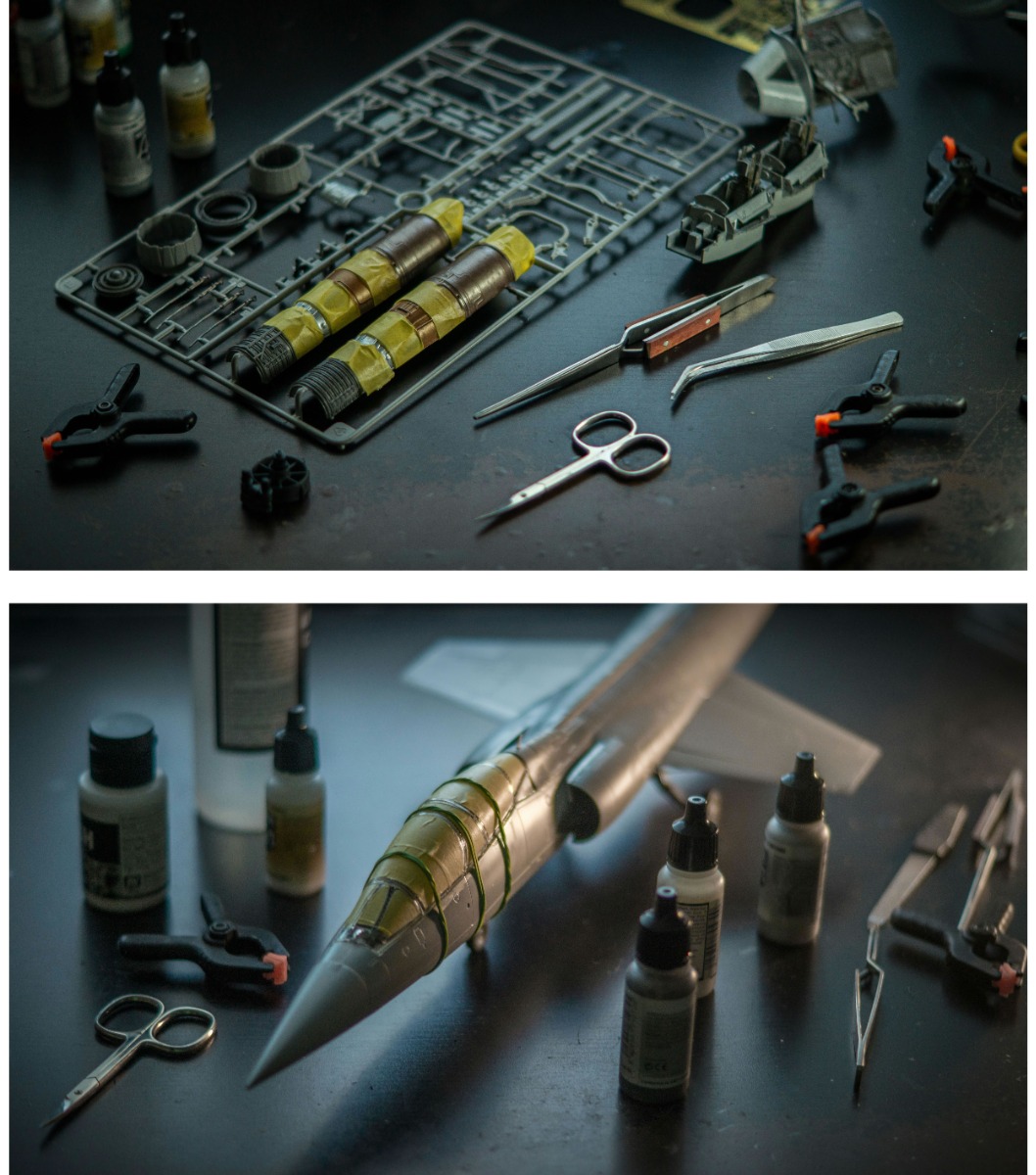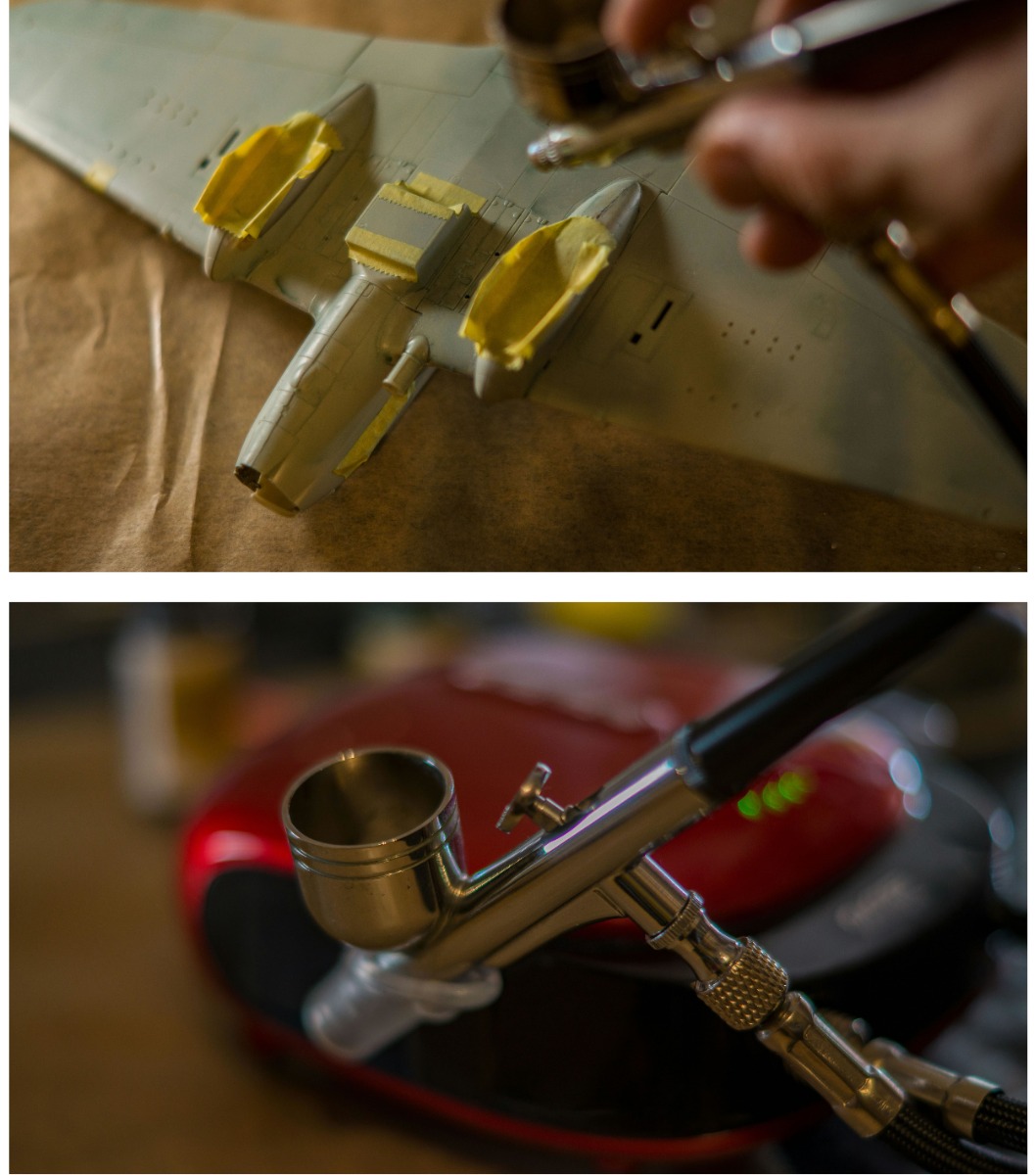Kovozavody Prostejov 1/72 North-American P-51D-5 Mustang '52nd FG' # 72441
The North American P-51D-5 Mustang, a variant of the iconic P-51 Mustang, was a key aircraft in the arsenal of the United States Army Air Forces (USAAF) during World War II.
The P-51D-5, flown by the 52nd Fighter Group (FG), played a significant role in achieving air superiority over Europe and the Mediterranean, contributing to the success of Allied operations.
Design and Features:
The P-51D-5 Mustang was one of the most advanced versions of the P-51 series, featuring several notable improvements.
The aircraft was equipped with a bubble canopy, which provided pilots with an unparalleled 360-degree view, enhancing visibility during dogfights and ground attack missions.
It was powered by the Packard-built Rolls-Royce Merlin V-1650-7 engine, which gave the P-51D-5 exceptional performance at high altitudes, making it a formidable opponent against the Luftwaffe.
The aircraft was armed with six .50 caliber Browning M2 machine guns, offering considerable firepower.
Additionally, the wings could carry bombs, rockets, or external fuel tanks, allowing the Mustang to undertake a variety of missions, including bomber escort, ground attack, and reconnaissance.
The P-51D-5’s combination of speed, range, and agility made it one of the most effective fighters of the war.
The 52nd Fighter Group:
The 52nd Fighter Group was one of the USAAF’s most distinguished units during World War II.
Initially equipped with Spitfires, the group transitioned to the P-51 Mustang in 1944, operating primarily in the Mediterranean Theater of Operations (MTO).
The group was stationed in Italy, where it played a crucial role in supporting Allied ground forces and conducting long-range bomber escort missions.
The 52nd FG was known for its aggressive tactics and effective use of the Mustang’s capabilities.
The group's P-51D-5 Mustangs, adorned with distinctive nose art and unit insignia, became a symbol of Allied air power in the Mediterranean.
The 52nd FG was tasked with protecting bombers on missions targeting German and Italian infrastructure, as well as engaging in air-to-air combat with Axis fighters.
Operational History:
Throughout 1944 and 1945, the 52nd Fighter Group flew numerous combat missions across the Mediterranean and into Central Europe.
The P-51D-5’s extended range allowed the group to escort bombers deep into enemy territory, striking targets in Austria, Hungary, and southern Germany.
The group’s pilots excelled in air combat, achieving a high number of aerial victories against the Luftwaffe.
In addition to bomber escort duties, the 52nd FG’s Mustangs were heavily involved in ground-attack missions, supporting the Allied advance through Italy and into the Balkans.
They attacked enemy convoys, railways, and airfields, disrupting Axis supply lines and contributing to the overall success of the Allied campaign in the region.
Legacy:
The North American P-51D-5 Mustang, as flown by the 52nd Fighter Group, stands as a testament to the effectiveness of the Mustang as a multi-role fighter during World War II.
The 52nd FG's achievements in the Mediterranean Theater played a vital part in the overall Allied victory, showcasing the Mustang's versatility and the skill of the pilots who flew it.
The group’s legacy is marked by its courage and effectiveness in combat, and the P-51D-5 Mustang remains one of the most celebrated aircraft in the history of military aviation.























 Spread the cost with Paypal Credit
Spread the cost with Paypal Credit
 Spread the cost with Klarna
Spread the cost with Klarna




























